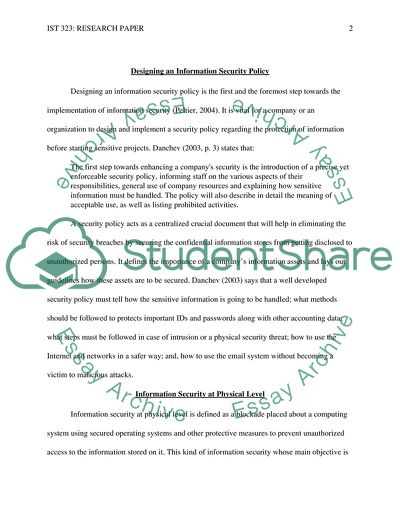Cite this document
(The Primary Objectives of Information Security Coursework Example | Topics and Well Written Essays - 1500 words, n.d.)
The Primary Objectives of Information Security Coursework Example | Topics and Well Written Essays - 1500 words. https://studentshare.org/information-technology/1813098-informationsecurity
The Primary Objectives of Information Security Coursework Example | Topics and Well Written Essays - 1500 words. https://studentshare.org/information-technology/1813098-informationsecurity
(The Primary Objectives of Information Security Coursework Example | Topics and Well Written Essays - 1500 Words)
The Primary Objectives of Information Security Coursework Example | Topics and Well Written Essays - 1500 Words. https://studentshare.org/information-technology/1813098-informationsecurity.
The Primary Objectives of Information Security Coursework Example | Topics and Well Written Essays - 1500 Words. https://studentshare.org/information-technology/1813098-informationsecurity.
“The Primary Objectives of Information Security Coursework Example | Topics and Well Written Essays - 1500 Words”. https://studentshare.org/information-technology/1813098-informationsecurity.


